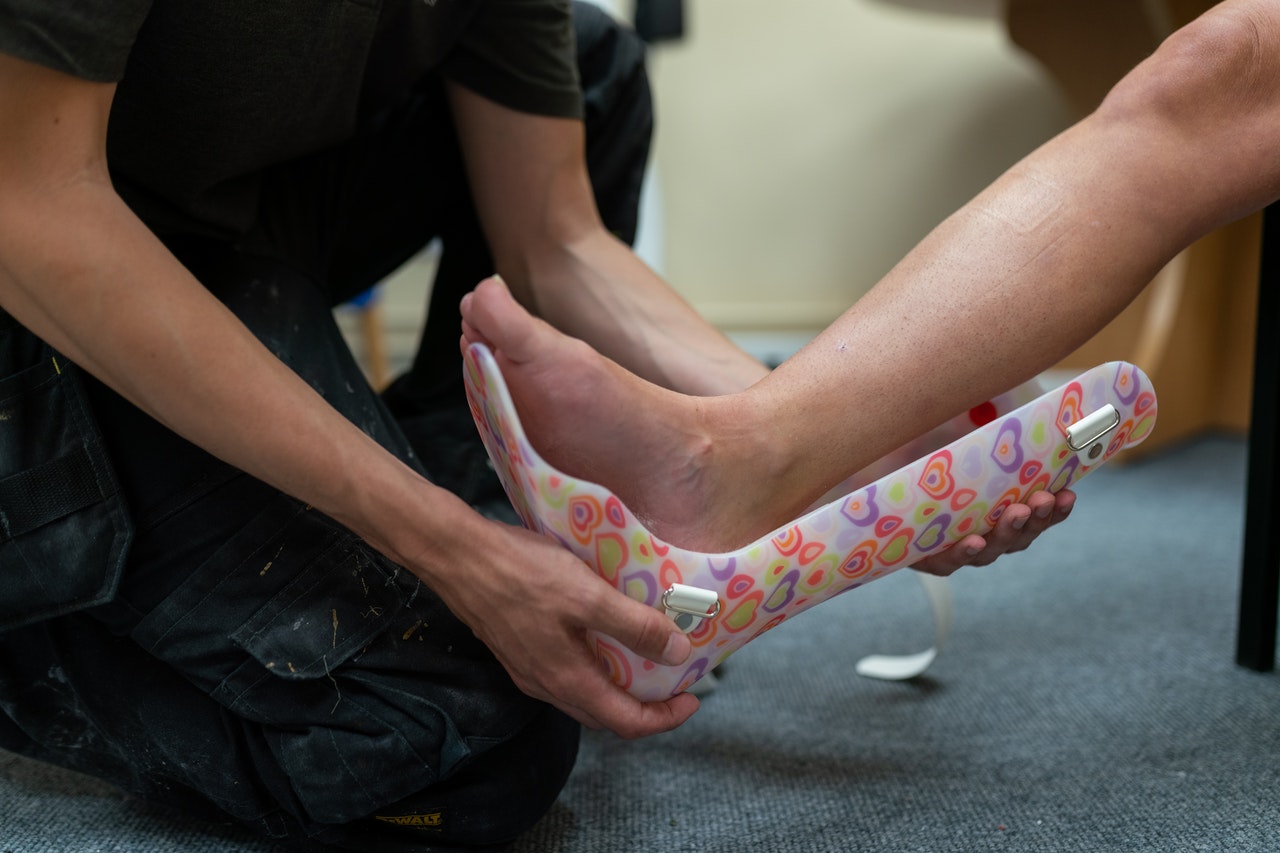Foot pain is common among many adults, especially those who play sports, wear heels, and are on their feet all day. Sometimes, the pain is normal and expected. But if your feet are constantly aching, tired, and swollen, it might be time to see a podiatrist.
A podiatrist is a doctor that specializes in conditions of the feet or lower legs. They cater to all sorts of foot conditions and treat injuries, reset bones, manage complications from other health conditions, and prescribe drugs to help manage the pain.
Here are the common conditions that podiatrists treat:
- Bunions and hammertoes. A bunion is a bony bump on the big toe caused by the big toe getting bigger or getting moved out of place. On the other hand, a hammertoe is a big toe that does not bend in the correct position.
- Injuries. Podiatrists treat foot-related injuries, including fractures, sprains, heel spurs, and more.
- Arthritis. This is a condition caused by swelling or wearing of the joints. Patients who have arthritis experience pain and stiffness in their joints, usually accompanied by warmness of the joints’ skin and restricted movement.
- Diabetes. When sugar is not properly absorbed by the blood, as in the case of diabetes, your feet or lower legs might not receive enough blood. In worst cases, this can cause amputation, and a podiatrist can help prevent that.
- Nail disorders. Podiatrists also treat nail disorders, including ingrown toenails, infections, internal diseases, nail fungus, and injuries.
- Flat feet. Also known as “fallen arches,” flat feet is the condition where the feet press flat on the ground instead of arched. Flat feet don’t always have to be treated, but if the condition causes pain, stiffness, and walking problems, a podiatrist can help.
Common causes of foot pain
If you’re not sure what’s causing your foot pain, it’s best to see a doctor about it before it gets worse. There are many possible causes of foot chronic pain, including:
- Arthritis or gout
- Infection
- Plantar fasciitis
- Bunions or hammertoes
- Diabetic neuropathy
- Broken foot, toe, or ankle
When to see a doctor
It’s understandable to want to try and treat your foot pain at home. While this is the correct first step in some cases, there are certain situations wherein going to a podiatrist is necessary. You should go to the doctor if you experience the following:

- High fever. If you have a fever over 101 degrees Fahrenheit accompanied by foot pain, you most likely have an infection.
- Diabetes. Seek immediate medical help if you have diabetes and experience pain in your feet or lower legs. Timely treatment is key to avoid any further complications, most especially the diabetic foot.
- Visible deformation. If you have experienced trauma in your foot and can see that it has deformed, see a doctor immediately even if you don’t feel much pain.
- Immense swelling. A moderate amount of swelling can be treated at home. If, however, the swelling is extreme, you should go to the doctor as soon as possible.
- Unbearable pain. If the pain is too much to handle, seek immediate medical attention.
- Inability to put weight on the foot. Do not try to put weight on your affected foot after the first attempt. Have someone help you get to the hospital immediately.
- Pain in both feet. This can be caused by a condition that is more serious than it lets on. In any case, see a podiatrist about it to determine the problem.
- Persistent pain. If the pain in your foot does not go away after a week, you might have a condition that requires medical treatment.
What you can do at home
If your foot pain does not warrant a visit to the doctor, here’s what you can do at home to alleviate it.
1. RICE
Rest, Ice, Compress, Elevate. To do this protocol, lie down, wrap your foot in a compression bandage with the right pressure, elevate it using pillows, and ice your foot for 20 minutes at a time.
2. NSAIDs
Nonsteroidal anti-inflammatory drugs like ibuprofen and diclofenac can help alleviate some of your pain.
3. Foot soak
Soak your feet in a basin with warm water and Epsom salts for around 20 to 30 minutes.
4. Alternative footwear
Wear shoes that are gentler on your feet. If you wear heels, swap them for flats for now. Moreover, ensure that your shoes are not too tight on your feet to allow for proper circulation.
Foot pain can go away on its own, especially if it’s acute. But when your feet are constantly in pain, swollen, or numb, it’s best to see a podiatrist as soon as you can. You might be suffering from a condition that you didn’t know about, and an early diagnosis can help prevent making it worse.



